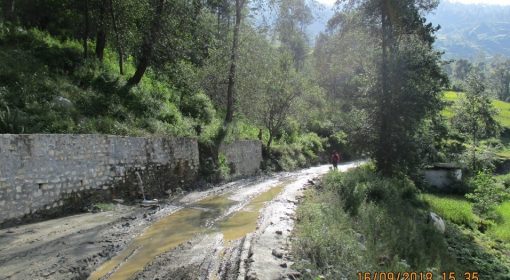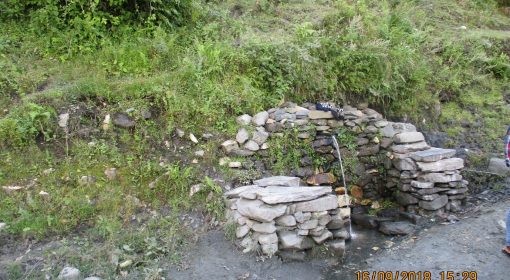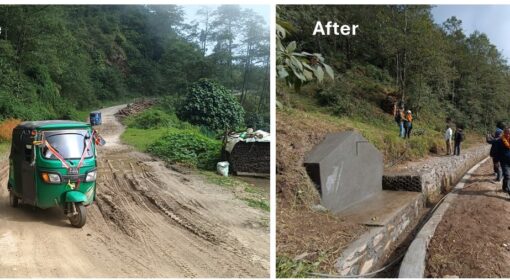By Frank van Steenbergen
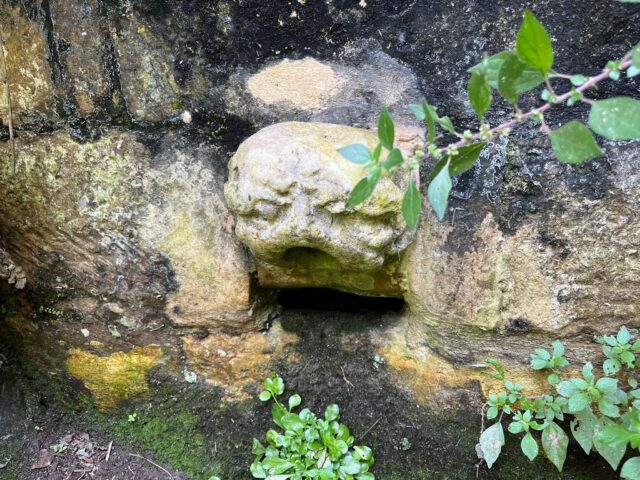
As in many islands, Malta ever since it was inhabited was always dependent on springs and wells for the supply of water. The springs were vital but also vulnerable, in risk of drying up in extended periods of drought. The best springs were in the slightly elevated karst areas in the southwestern part of the island. It is here also that the oldest settlements are found.
From the early middle ages many springs were improved by developing horizontal shafts in the karst hillsides. These galleries were tunneled into the soft mountains in some cases for more than 500 meters with the main branch fed by side shafts. By so deepening springs, they were made more productive and reliable as water was collected from many crevices in the Iimestone aquifer. The galleries were lined with stone slabs and stone support walls. The technique was likely introduced by Arabs, bearing semblance to the qanat tunneling techniques. Some of the galleries were also accessed from the top with a vertical shaft.
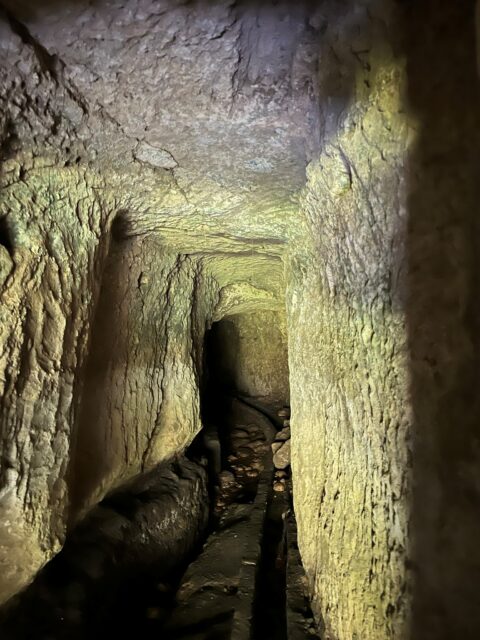
Deepneing the springs was how the water supply to the newly built city of Valetta, was secured in the early seventeenth century. Extensive work was done to make galleries in the southwest of the island, with the water than carried through a system of underground conduites and aqueducts to the natural harbour areas of the northeast.
The Għajn tal-Ħasselin spring in Dingli, situated near the small Sta. Domenica Church, is an example of such a deepened spring gallery This Għajn tal-Ħasselin spring was the “the washerwomen’s spring,”: the communal washhouse where local women gathered to wash clothes – among other thinfs. It was first developed in the 16th century. This beautifil spot has a horizontal shaft chisseled in the hillside, an ornate outlet and and stone washing basins. Water still runs from it, even in the dry summer.
As the population of Malta has been growing and its economy expanding, groundwater no longer suffices. Desalination of sea water has taken over as the main source of water – supplying cities and industries, with the farms still using groundwater. Even so groundwater in Malta is overused – with extraction exceeding recharge with approximately 40%. As a consequence, salt sea water is intruding in some aquifer systems and contamination of groundwater is a real concern.
It is important we keep deepening our springs, go where our talent surfaces and transform it into skills and mindsets. But we also need to preserve our skills and mindsets and not think we can overstretch.

